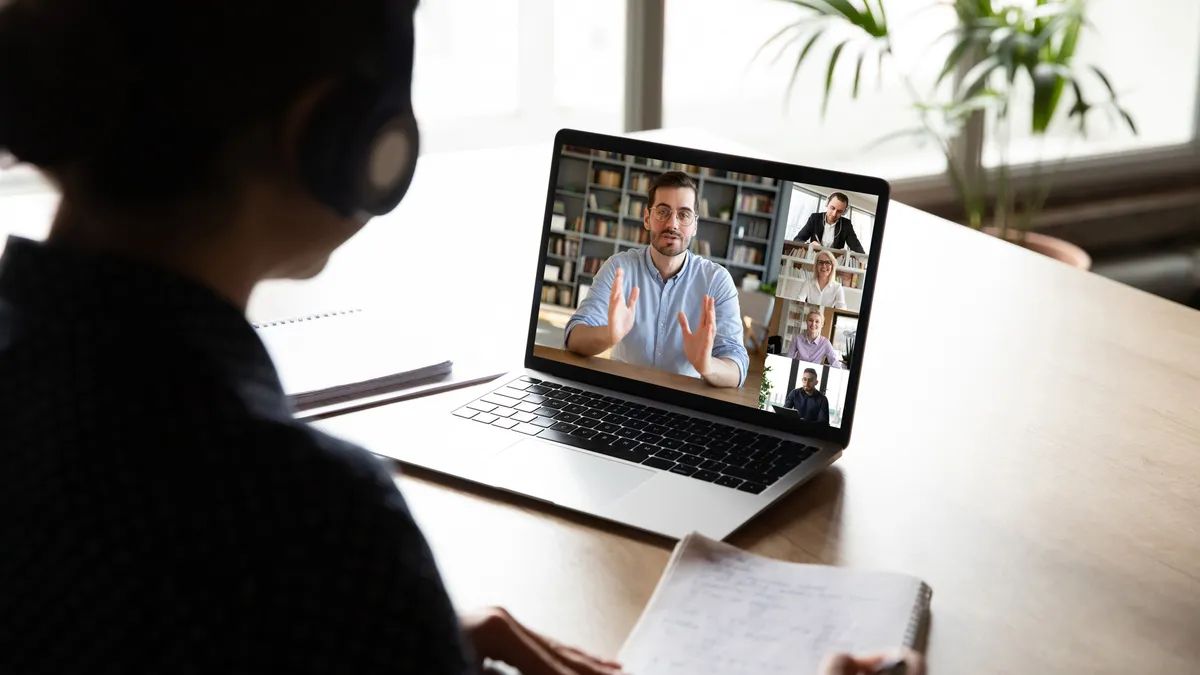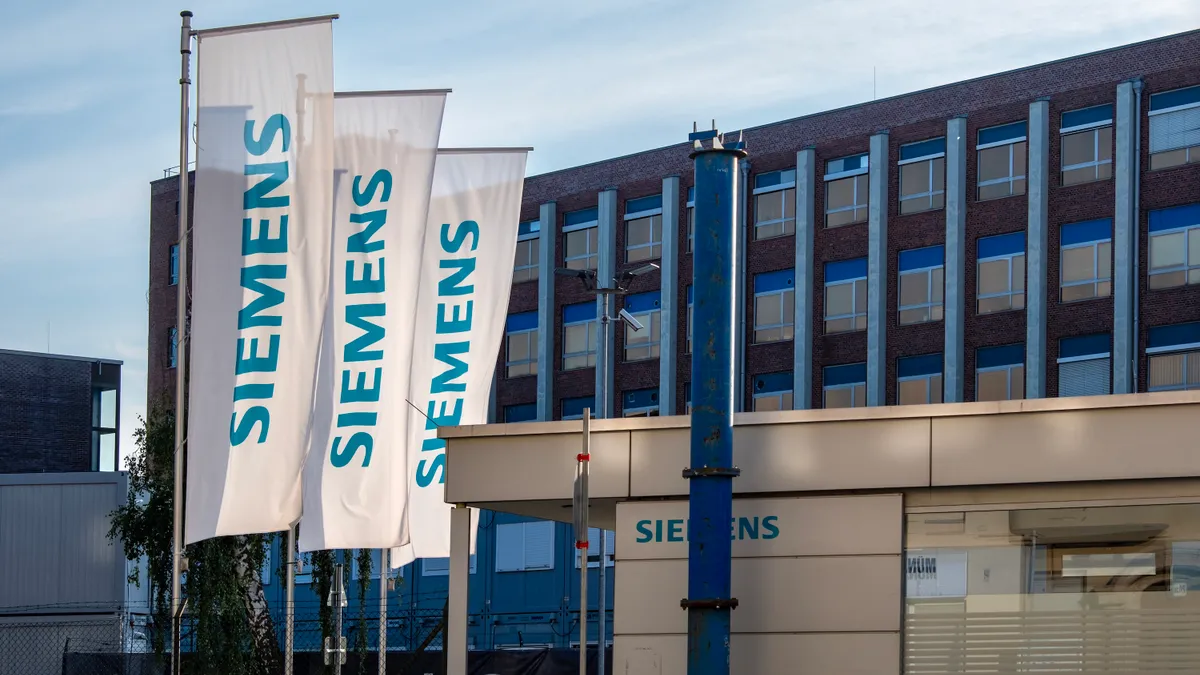Editor's note: The following is a guest article from Hector Aguilar, president of technology at identity and access management company Okta.
We're now months into our new normal of remote work. While we were well-equipped at Okta to handle the initial transition to working from home — we mostly had the right security and infrastructure in place, as some of our team works remotely full or part-time anyway — we couldn't prepare for how it would affect our productivity, team culture, creativity and connectedness.
This new phase of work has come with challenges and surprises, even for leaders and teammates used to a more distributed work environment. Here's what I've learned the past few months about keeping my team connected as we enter phase two of working remotely and shift the way we work for the long-term.
Make sure your team feels empowered to decline a meeting
During the first few weeks after the COVID-19 shelter-in-place orders went into effect, we noticed our engineers were checking in more code than before we started working from home. We were glad to see this increased productivity because it means our team had access to the tools they needed to do their jobs well.
But we were also cautious about celebrating those numbers — we knew it might also mean they were spending more time in front of the screen, a recipe for burnout.
Since discovering the increase in productivity, I've stayed hyper-aware of how many mental health breaks my team takes and have encouraged more throughout the day.
Particularly for engineers who tend to work on complex, time-consuming tasks, it's easy to spend hours in front of a computer without pausing to get fresh air or talk with a friend or family member.
Leaders need to make taking breaks a required part of their team's day. Tell your team to decline meetings if they interfere with their time to recharge, within reason.
Enforce rules — whether it's making a "no meeting day" or even certain hours of the day "no meeting hours" or requiring that every meeting end five minutes early to give team members time to recharge before the next one.
Especially as many leaders plan for at least partially dispersed workforces in the future, it's important to set these rules early on to make them a priority, and lead by example. Confronting the possibility of work from home burnout before it happens is critical to keeping remote work sustainable.
Break free from 'Zoom fatigue'
We've all adapted to the new normal of remote work and social distancing orders by holding not only Zoom meetings but Zoom birthdays and Zoom happy hours to catch up with coworkers and friends.
We have to stay connected, but too many Zoom meetings on the calendar can lead to Zoom fatigue as virtual outings blend together.
To differentiate and keep our team on their toes, we're always mixing up the themes. In the first Zoom happy hour, we encouraged everyone to bring their favorite drink and explain to others how they made it or why it was their favorite.
In the next, we had a "best Zoom background" contest and used Slack to vote as a team afterward (the team member with the fish tank background and snorkel accessory won).
You could also encourage a "bring-your-pet" Zoom meeting where everyone can show off work from home pet companions, or an artist-themed Zoom chat to learn about your team's favorite singers or artists.
Whatever it is, mix it up, keep it personal, and get to know each other better remotely.
I also have long encouraged the importance of one day a week with no meetings to enhance productivity and give teammates the chance to focus without distractions. When we're doing more Zoom calls than ever, this golden "no meeting day" rule becomes even more important and enables our now remote team to spend a day getting their work done.
Communicate more, globally and across teams too
We spend more time on communication platforms now than ever before. With this increase in videoconferencing and use of tools like Slack comes the opportunity to talk to other employees you've never met (if you're at a big company) or get to know existing teammates better.
This communication across teams usually happens more naturally in all company Slack channels. I've found that cross-team collaboration during this time has even led to learnings and conversations about what other teams are working on — and it can lead to new ideas and innovation for your own team.
It's also critical for managers to acknowledge more direct report communication might be needed. Some people might not be at home without anyone else and feel lonely, while others might have multiple kids, roommates, or noise that distracts them.
Make direct report check-ins highly recommended at least once a week, and then adjust that number based on each teammate's unique situation and preference.
Cater to desk chair, monitor and work hour preferences
Providing employees with what they need to work remotely means ensuring they have all of the necessary equipment to do their jobs well for the long-term at home.
If possible, offer a stipend for them to purchase anything necessary to fit their personal needs (monitor, desk chair, standing desk, etc.).
A little goes a long way in making employees feel more comfortable and productive in their own homes, especially as we prepare for remote work to become central to how we work in the coming months and years.
Catering to individual preferences also means staying flexible when it comes to work from home schedules. Some parents may need to work different hours to accommodate virtual school schedules, and others might need to take care of older family members.
For engineers especially, who frequently work long hours and on tasks that require deep concentration, give them the flexibility to find quiet space when they can while at home.
This pandemic has caused us to reevaluate the way we connect as a team remotely, the hours we're online, and the people we choose to talk to and work with on a daily basis.
Our work from home best practices are a constant work in progress, but putting the right guidelines in place now can help pave a path toward productive collaboration (and enough space to recharge) in the future.




















